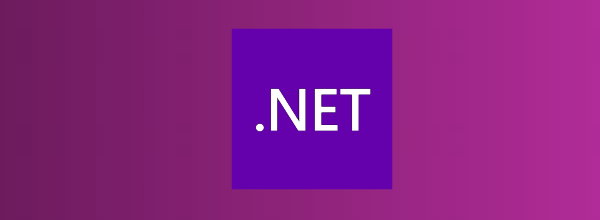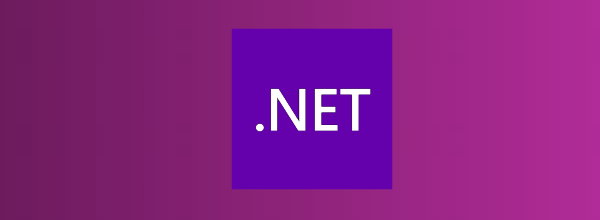Nello script #100 abbiamo visto come monitorare quando un dispositivo entra ed esce da determinate aree, attraverso le API di Geofence, quando l'app è in esecuzione.
Questo controllo può essere eseguito anche quando un'app non è in esecuzione grazie a un IBackgroundTask e a LocationTrigger, di tipo appunto Geofence.
All'interno della classe che implementa IBackgroundTask possiamo interrogare lo stato di GeofenceMonitor e lanciare, ad esempio, una notifica toast in caso ci sia un report con stato GeofenceState.Entered.
public sealed class GeofenceNotificationTask : IBackgroundTask
{
public void Run(IBackgroundTaskInstance taskInstance)
{
var reports = GeofenceMonitor.Current.ReadReports();
var report = reports.FirstOrDefault(r => r.NewState == GeofenceState.Entered);
if (report == null)
return;
var toastXmlContent = ToastNotificationManager.GetTemplateContent(ToastTemplateType.ToastText02);
var txtNodes = toastXmlContent.GetElementsByTagName("text");
txtNodes[0].InnerText = "Geofence entered";
txtNodes[1].InnerText = report.Geofence.Id;
var toast = new ToastNotification(toastXmlContent);
var toastNotifier = ToastNotificationManager.CreateToastNotifier();
toastNotifier.Show(toast);
}
}La registrazione del Background Task può essere eseguita dall'app vera e propria attraverso BackgroundTaskBuilder, impostando come trigger un oggetto LocationTrigger e specificando come TaskEntryPoint il fullname del nostro IBackgroundTask.
try
{
var result = await BackgroundExecutionManager.RequestAccessAsync();
bool isRegistered = BackgroundTaskRegistration.AllTasks.Any(x => x.Value.Name == "GeofenceNotificationTask");
if (!isRegistered)
{
var builder = new BackgroundTaskBuilder();
builder.Name = "GeofenceNotificationTask";
builder.TaskEntryPoint = typeof(WindowsRuntimeComponent1.GeofenceNotificationTask).FullName;
builder.SetTrigger(new LocationTrigger(LocationTriggerType.Geofence));
builder.Register();
}
}
catch (Exception ex)
{
}Commenti
Per inserire un commento, devi avere un account.
Fai il login e torna a questa pagina, oppure registrati alla nostra community.
Approfondimenti
Eliminare una project wiki di Azure DevOps
Utilizzare il metodo Index di LINQ per scorrere una lista sapendo anche l'indice dell'elemento
Creare una libreria CSS universale: i bottoni
.NET Conference Italia 2024
Creare una libreria CSS universale: Clip-path
Supportare la sessione affinity di Azure App Service con Application Gateway
Estrarre dati randomici da una lista di oggetti in C#
Garantire la provenienza e l'integrità degli artefatti prodotti su GitHub
Path addizionali per gli asset in ASP.NET Core MVC
Il nuovo controllo Range di Blazor 9
Gestire i dati con Azure Cosmos DB Data Explorer
Filtering sulle colonne in una QuickGrid di Blazor




